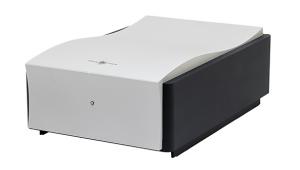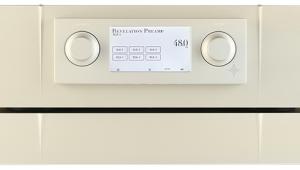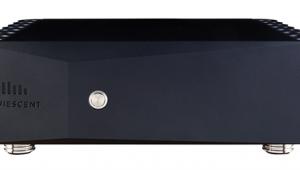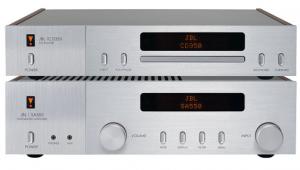Naim NAC 12/ Snaps/NAP 250 (Vintage)
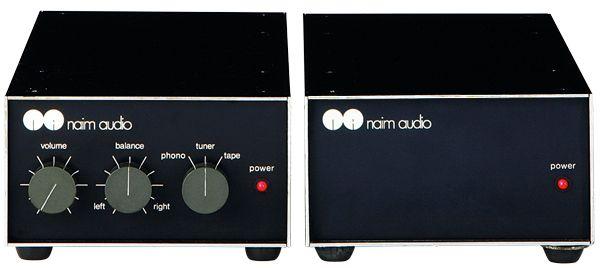

Naim Audio’s first product, the NAP 160 power amplifier, was introduced in 1971; the NAP 250 appeared in 1975. It was technically unusual in that it used a strictly regulated power supply, whereas the vast majority of power amplifiers, unlikely today, typically made do with an unregulated one.
Arguably, the NAC 12 preamp was even more unusual than the NAP 250. In ultimate form it required a standalone external power supply – the SNAPS – at a time when such an arrangement was virtually unheard of. It also favoured DIN connectors over the more popular phonos and it soon became modular internally, with a motherboard and six (later seven) daughter boards. This allowed moving-magnet and moving-coil disc input stages to be quickly swapped, and facilitated servicing.
Naim’s preamp circuits used a single voltage rail and capacitor coupling and were inherently quite simple, although extensive use was made of two-transistor constant current loads to improve linearity.
In its initial form – and as reviewed here – the NAP 250 was constructed using a custom aluminium extrusion, cut and bolted together to form the four sides of the case, with bolted aluminium top and bottom plates. In 1980 the case was redesigned to use a rectangular extrusion that formed the top, bottom and sides, creating the ‘chrome bumper’ version.
The output transistors were bolted to an internal, mid-mounted heatsink which allowed each amplifier board and its regulated power supply board to be mounted, neatly, end to end.
The NAC 12’s construction changed too, from an initial design with bolt-on sides to one where the top panel bolted down onto sides that were aluminium extrusions.
A solid presentation
In our test, the NAC 12 proved to be a bit too sensitive when it came to a CD player with a 2V output, so the action of the volume control action was rather abrupt.
The Naim components aren’t that easy to set up. As noted, the high level sources are connected to the NAC 12 unit via DIN connectors. The connection for a turntable is made via BNC connectors, but simple in-line adapters are easily obtained. Connecting the SNAPS also involves another special cable.
The regulated supplies of the NAP 250 helped to give a really solid and confident presentation at all listening levels. In fact it was impressive to hear how increasing the volume level did little to alter the character of the sound and instead simply made the presentation louder.
With Mark Knopfler’s album Golden Heart [Vertigo], that famous and familiar guitar sound enjoyed tremendous grip – helped in no little part by the NAP 250’s power reserves – though both vocals and guitar would have benefited from more warmth. Some of the tracks sounded somewhat two-dimensional, ‘No Can Do’, in particular, failing to connect in its usual, emotional manner.
On the other hand, female vocals reaped the rewards of the Naim’s sheer presence. Katie Melua’s ‘Halfway Up The Hindu Kush’ from her album Piece By Piece [Dramatico] was delivered with superb midrange lucidity, each word projected from the speakers with a fine sense of precision. True, dryness was noted around the backing instruments but in terms of vocal clarity the Naim system made a very good case for itself.
The quality of Naim’s phono stage also compared favourably with a decent modern one, even if the sound was clipped at the frequency extremes. Fickle Heart by Sniff ’N’ The Tears [Chiswick] provided a satisfying listen with only heightened surface noise between tracks as compared to best-in-class performers to detract.
Verdict
The Naim system proved to be an arresting listen, whether with CD or vinyl. Devotees in tune with ‘the Naim sound’, are sure to love it – sparse facilities, complicated setup, rough edges and all.
Originally published in the 2014 Yearbook





